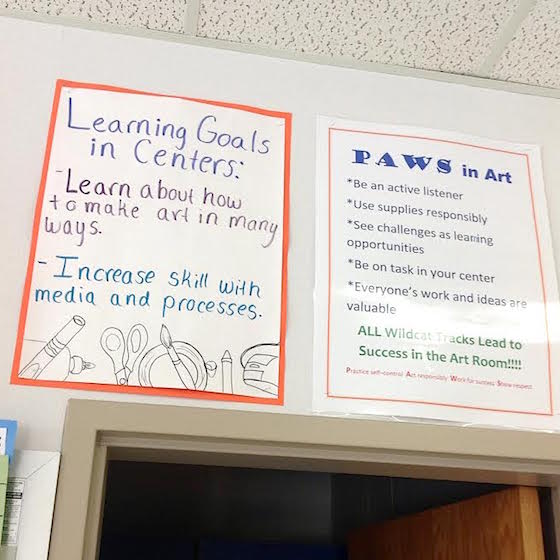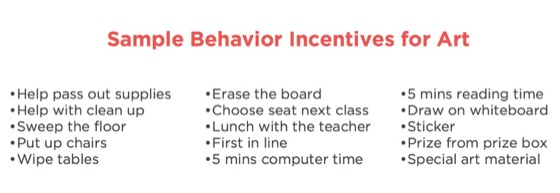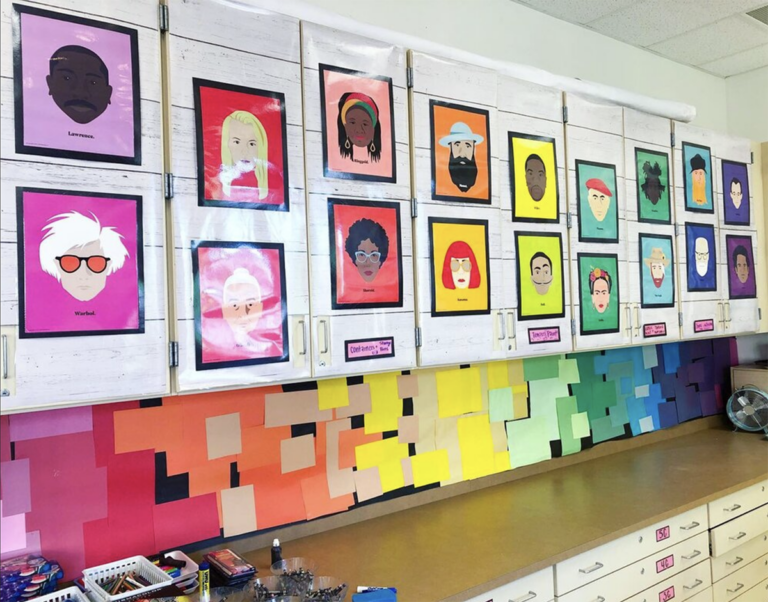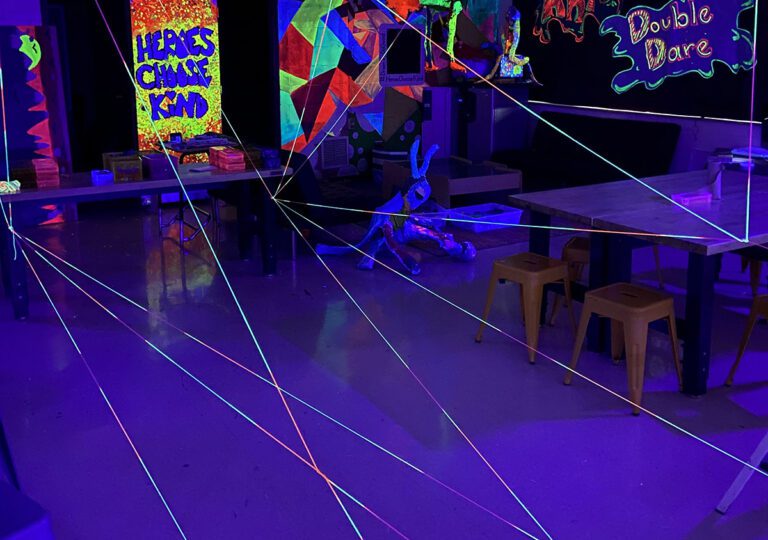Sometimes it’s a look of unfiltered boredom. Other times it’s refusal to participate in activities or constant acting out. Whatever the behavior, it’s unavoidable – sometimes kids just seem to hate art. What’s a teacher to do?
First of all, don’t take it personally. All teachers, at one time or another, deal with this issue. Now is the time to think logically and do some detective work to find what is motivating the student’s attitude. There are three areas that you can look at to improve behavior: the student, the setting, and modifications.
The Student
Become a Detective
I asked Laura Roundtree Winter, a PBIS Behavior Consultant that I’ve worked with, what she would recommend. She said, “I would start with finding out why they hate art. Do they hate all art? Do they even know that comic books and graffiti are considered art? Is it a fear of painting and the control issues around that or a perceived expectation of being perfect?” Once you have information about why the child dislikes your class, or what they would like instead, you can plan how to respond. Maybe you just need to work with the child on building confidence. If you discover a love of comics, try to include that type of art in an upcoming lesson. These acts of empathy go a long way in developing rapport.
Build Your Relationship
Continue what you’ve started by continuing to intentionally build a positive relationship. Let your actions communicate that your room is a good place to be by saying hello pleasantly when the student walks in the room, even if the response is silence. Ask questions and listen to the answer. Maintain composure even if challenging behaviors disrupt your teaching. These steps will help the student see that you are fair and kind. It’s hard to dislike someone who treats you with nothing but fairness.
Fill in the Blanks
Also, work on building a full picture. Talk to other teachers who’ve had the student. How is the child in their rooms? Is there something going on at home? Do the parents have any insight? Is there an IEP? Sometimes a bad attitude can seem like it’s directed at your subject but is totally unrelated. You could be seeing the effects of anything from a recent divorce to starting a new medication. I once had a student who I was convinced hated my class because he was always putting his head down during work time. What looked like boredom to me was actually exhaustion due to sharing a room with five siblings.
The Setting
Is there anything in your classroom or school setting that might be a contributing factor to the behavior issues you’re seeing? For example, the student might really love recess and have it right before art. They may have a negative view of the art room because it ends their favorite part of the day. Also, if you don’t already have a short list of positively stated classroom expectations, now is the time to develop some and share them with students. Reference these when you discuss behavior.

Another aspect of the setting to consider is the art room itself. Who does the student sit by? Sometimes when a student whose skill level is still developing sits next to a gifted artist it can cause self-confidence issues. Additionally, many students love beautiful decorations and bright colors but too much can be overstimulating. Again, think like a detective as you analyze your classroom and school setting. If you find an issue, take action to fix it.
Modifications
Often relatively simple changes can improve behavior, especially if you can be flexible. Sometimes students need extra support to be successful in the classroom. It’s unrealistic to expect that every student loves art, but if you continue to see negative behavior that is ongoing and creates a barrier to learning, then it’s time to take the next step and develop a behavior plan. To do this talk with the student about the type of behavior you want to see. Keep the focus on positive behavior and keep it simple.
Together, develop a short list of things you would like the student to do. For a student who refuses to participate, this could be “follow directions with few reminders.” Think about where the student currently is when you make this list and look for improvement, not perfection.

Next agree on a list of rewards that can be earned when the child shows the agreed upon behaviors. Write it up in a behavior contract – see the free PDF download below or the customizable version here – and share it with the classroom teacher and parents.

The Takeaway
When students seem to hate art we have to work like detectives to figure out why. Gathering information about the student, thinking about the classroom setting and, if necessary, putting modifications in place are proven ways to improve behavior. If you’re looking for ways to help secondary students, check out these ideas.
Do you have any tried and true techniques for working with difficult students?
Please share in the comments section!
Magazine articles and podcasts are opinions of professional education contributors and do not necessarily represent the position of the Art of Education University (AOEU) or its academic offerings. Contributors use terms in the way they are most often talked about in the scope of their educational experiences.




